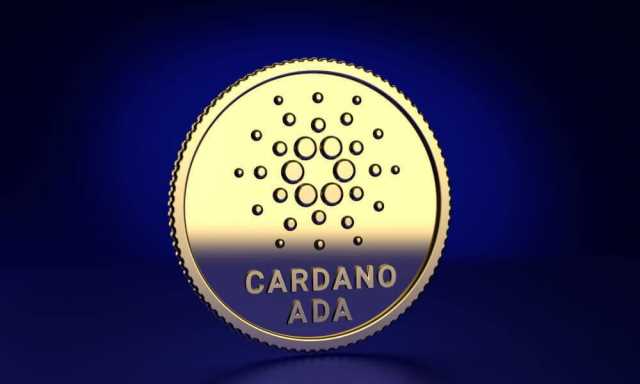How to buy Cardano (ADA)

While keeping cash in your wallet whenever the need to make a purchase has always been the norm, the cryptocurrency market is making waves to the effect that paper might entirely be replaced by digital cash.
The trend had been slowly creeping up on us since the advent of the internet, with both brick-and-mortar offices and marketplaces being ditched for cyberspaces it seemed like a natural progression for cash to be replaced with cryptocurrency.
And such is a welcome change, especially now that the New Normal had imposed solitary living and little contact.
In this feature, let us take a look at one of the digital currencies that are growing in popularity. Cardano, or simply, ADA is a crypto that boasts of a good development team, has cheap costs, and no scaling limits. These, mind you, are only the selling points.
Within the brief discussion, we will detail how Cardano works, its scalability, and the wallet that it uses.
Сrypto Project Cardano (ADA)
Cardano is a crypto project that began in 2015. The coin had been developed with the aim of rendering faster transactions with cheaper costs that could go head-to-head with the older blockchains such as Ethereum and Bitcoin.
Many share the opinion that Cardano is a third generation blockchain, with Bitcoin being branded as first generation and Ethereum being the second. What this tells us is that its developer, Input-Output Hong Kong (IOHK) had created its own system rather than copying the codes that built Bitcoin and Ethereum.
At this point, it is important to differentiate Cardano and ADA. Simply, Cardano is the blockchain as already mentioned in passing. ADA, on the other hand, is the coin itself.
While still in development, Cardano already allows its users to send and receive funds. Apart from these basic functions, the blockchain also permits the creation of smart contracts, a process that can rival Ethereum.
Being decentralized in nature, the coin is not controlled by one entity. Instead, all transactions are verified by Cardano’s community much like Bitcoin and Ethereum’s.
How Cardano Functions

Cardano works through its two layers. These are discussed in detail below:
- Settlement Layer
Already fully functional, the Settlement Layer is the segment that permits Cardano users to deposit and receive funds through their own ewallets. The inner workings of this layer is not unlike the how Ethereum transfers funds from user to user. - Computation Layer
As already mentioned in an earlier segment, Cardano has some facets that are still undergoing development, the Computation Layer is that specific aspect. What it is set out to do is permit users to create and enter into smart contracts.
This two-layer system is what makes Cardano standout among the other online ledgers that usually offer just one layer, thus compromising the speed of conducting transactions.
Now with regard to the Computational Layer, preliminary analysis sees this as highly adaptable as opposed to blockchain titan Ethereum. Changes and tweaks can be made in the system, for instance, with consideration to the regulations that every independent nation makes, Cardano allows for the storage of data and its access that adhere to regulatory standards.
This flexibility allows Cardano to safely and conveniently exist to be either bought or sold across different national territories.
Another thing that makes Cardano attractive is that it uses a Proof-of-Stake system. Through this, users of the crypto help validate transactions.
These entities, called “Validators” are given the capability to freeze a number of their ADA coins, the “Stake”.
Upon successful validation, the user is given a reward through an additional ADA. What this means is that the higher the stake is, the more chances of receiving a reward is given to the validator.
One thing that must be noted here is that the system is seen to have greater efficiency. Given that it runs through a Proof-of-Stake system, it requires less electricity, therefore reducing transaction fees.
Scalability
Scalability is not a problem with Cardano. In the works is a blockchain that separates data irrelevant to the people who are not involved in the transaction.
As this is the case, validators need to maintain significant data, not the whole blockchain.
Called “Sharding” the process allows for more people to use the network. In the last chapters of 2017, Cardano conducted a test that permitted a total of 257 transactions per second; the development team actually aims at allowing tens of thousands of transactions per second.
Wallet
Cardano has its own wallet called “Daedalus”. This ewallet is actually the facet of the service that ADA users are taking issue with. The common concern is its connectivity to the net, sync blocks, and transactions that do not reach the receiver.
Conclusion
Save for the Computational Layer that is still in development, Cardano offers a system that buyers of the coin can easily trust. Running on Proof-of-Stake makes for better and more optimal transactions that imbues greater integrity to the coin. As this is the case, buyers can safely trade the coin for profit.
Right now, the only thing that Cardano has to improve upon its existing offerings is its Daedalus wallet. Should the issue of connectivity be resolved, then ADA could turnout to be a valuable investment.
